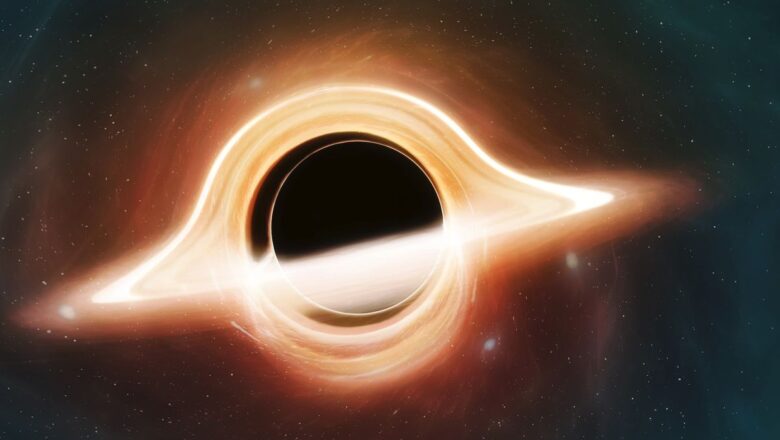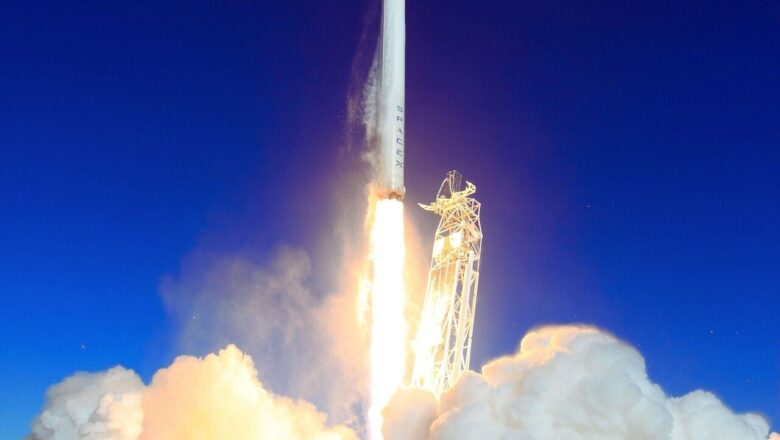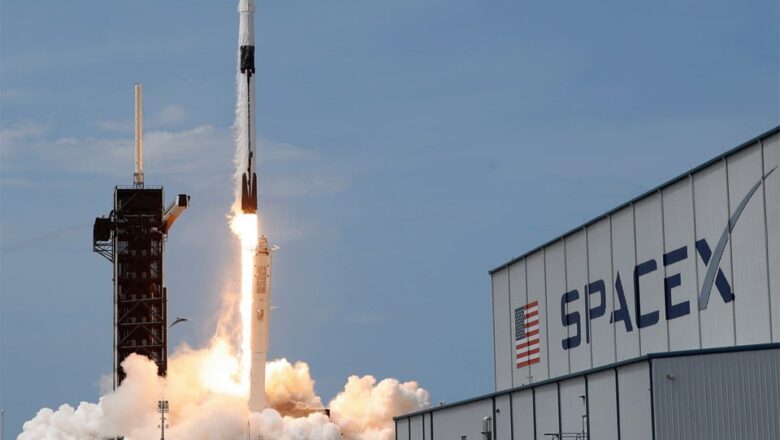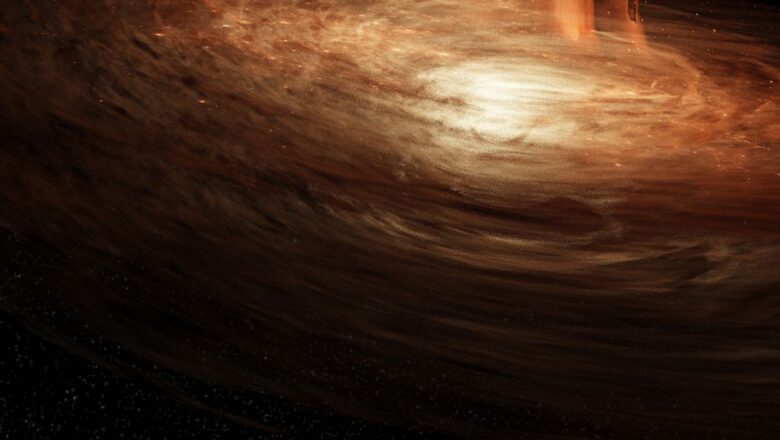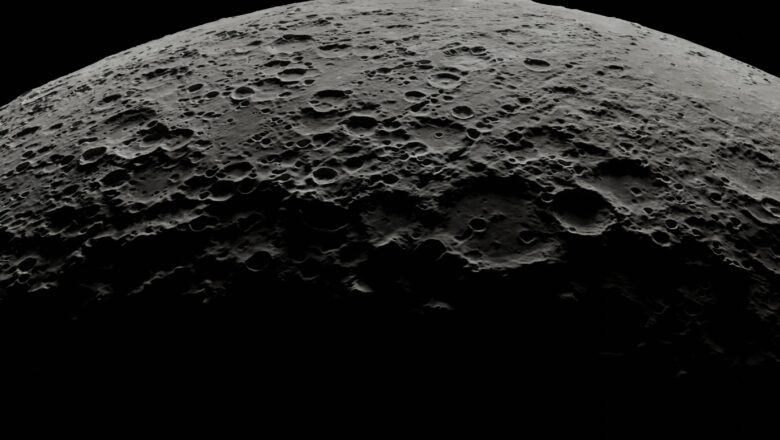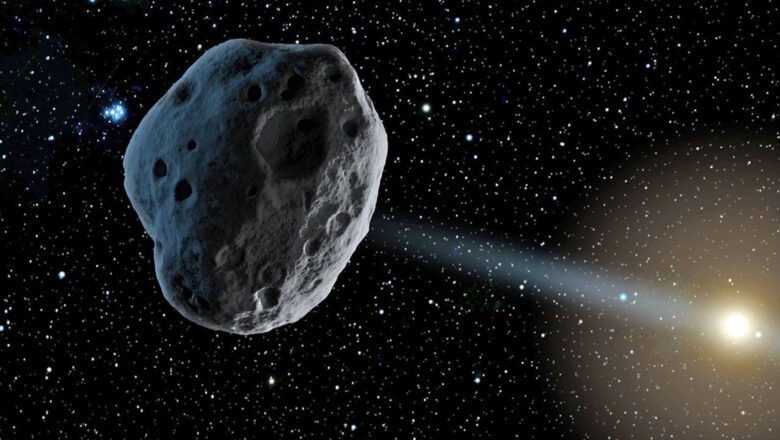
Doomsday Rock? NASA Flags Asteroid That Might Strike Earth in 2032
NASA has identified an asteroid, 2024 YR4, that carries a 1-in-83 chance of colliding with Earth on December 22, 2032. If the asteroid, estimated to be 130 to 300 feet in diameter, strikes a densely populated area, it could unleash devastation equivalent to 8 megatons of TNT 500 times the power of the Hiroshima bomb.
Discovered on December 27, 2024, by the NASA-funded ATLAS station in Chile, 2024 YR4 quickly appeared on NASA’s Sentry risk list, which tracks potentially hazardous space rocks. However, experts emphasize that early impact probabilities often change with further observations, and there is still a 99% chance the asteroid will miss Earth.
NASA continues to monitor the asteroid’s trajectory closely, collecting more data to refine its impact risk. While past asteroids have b...

